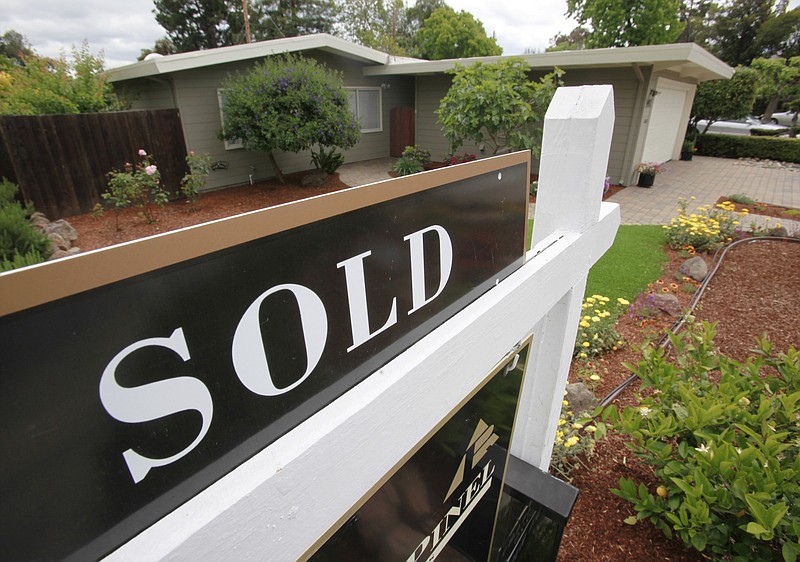NEW YORK - The housing slump isn't over.
Tax credits and historically low mortgage rates have failed to lift home prices so far this year. Prices fell 0.5 percent in March from February, according to the Standard & Poor's/Case-Shiller 20-city index released Tuesday .
The co-creator of the Case-Shiller index, who predicted in 2005 that the housing bubble would burst, is raising concerns that the worst may be ahead. That fear is shared by other economists who point to weak job growth, tight credit and many more foreclosures ahead.
"I'm worried still about the risk of a double-dip," economist Robert Shiller said in an interview.
The month-to-month drop from February to March marked the sixth straight decline. Prices in 13 of the cities fell. Only six metro areas recorded price gains. One, Boston, came in flat.
In the first quarter of 2010, U.S. home prices fell 3.2 percent compared with the fourth quarter.
Prices remain nearly 31 percent below their July 2006 peak. But they have risen nearly 3 percent from their April 2009 bottom.
The numbers are especially disturbing because they show that improved sales due to the tax credits didn't translate into higher prices, said David M. Blitzer, Chairman of the S&P index committee.
Falling home prices haven't kept consumers from keeping an optimistic view of the economy.
A separate report Tuesday showed consumer confidence rose in May for the third straight month as hopes for job growth improved. The increase in the Conference Board's Consumer Confidence Index was boosted by consumers' brighter outlook for the next six months.
Still, fears are gripping Wall Street, where investors worry that the European debt crisis could hammer the global economy. The Dow Jones industrial average fell about 200 points Tuesday in early trading.
In a healthier economy, extraordinarily low mortgage rates would pump up demand for homes. But economists say jobs remain too few and loans hard to get for small businesses and many individuals.
Sales of previously occupied homes rose 7.6 percent in April, the National Association of Realtors said Monday. But the sales were aided by government incentives that have now expired and economist don't expect the improvements to last.
New buyers were offered a credit worth up to $8,000, while current owners who bought and moved into another home could get one for up to $6,500. To receive them, buyers had to have a signed offer by April 30 and must close by the end of June.
Shiller and other economists worry that prices could fall further.
IHS Global Insight economist Patrick Newport forecasts prices will fall an additional 6 percent to 8 percent and bottom in the third quarter of next year. He said the glut of homes on the market is the main reason, but he's also worried about the rate of foreclosure.
"When banks foreclose, they sell the properties at deep discounts," Newport said. "Foreclosures have either peaked in the first quarter or are going to peak soon, but they will remain very high for several years."
The decline in prices is discouraging for American homeowners who have seen the value of their largest asset deteriorate sharply over the past three years. For those struggling to pay their mortgages, falling home prices makes it even harder to refinance into an affordable home loan. Mortgage delinquencies were at a record high in the first quarter.
